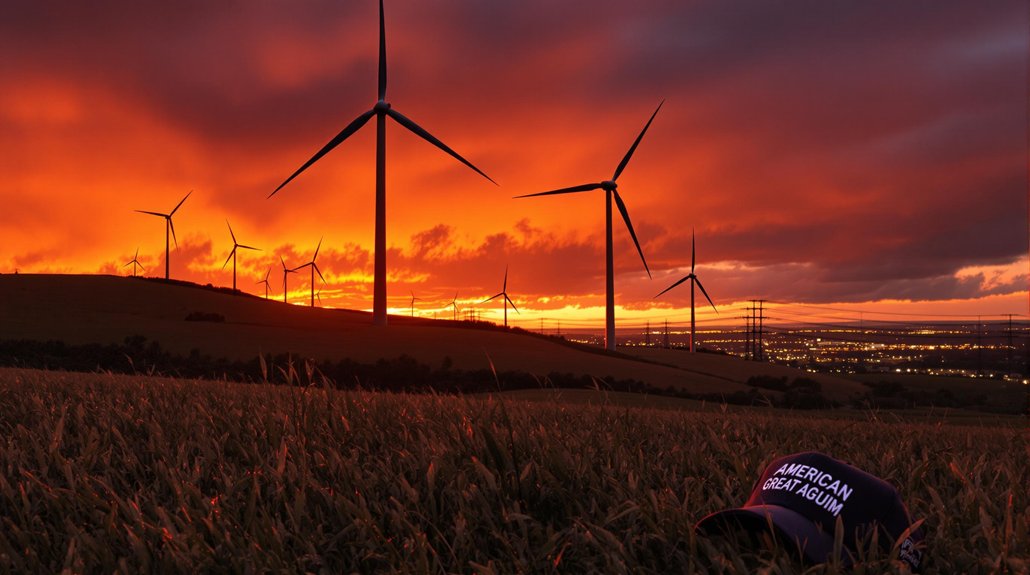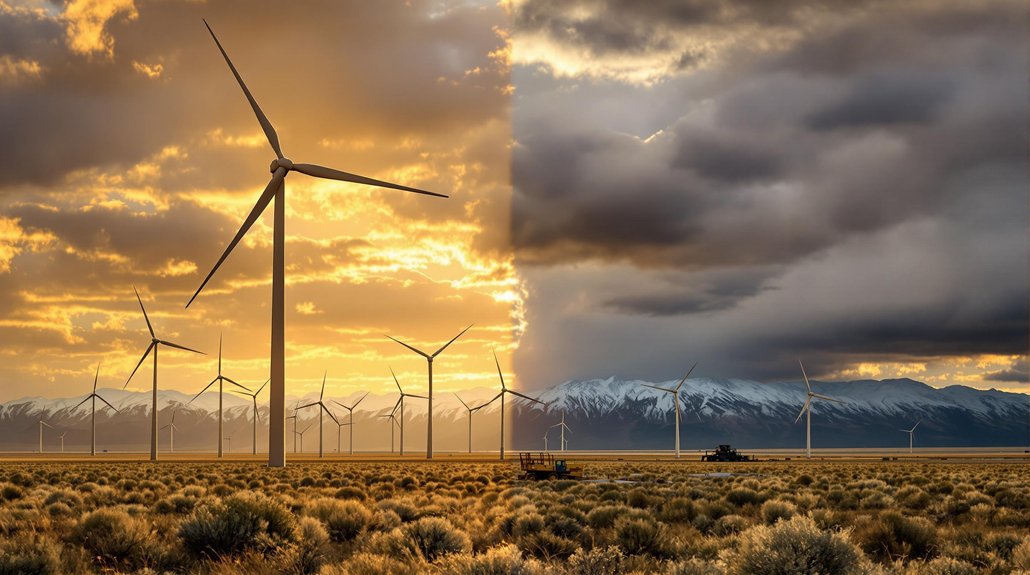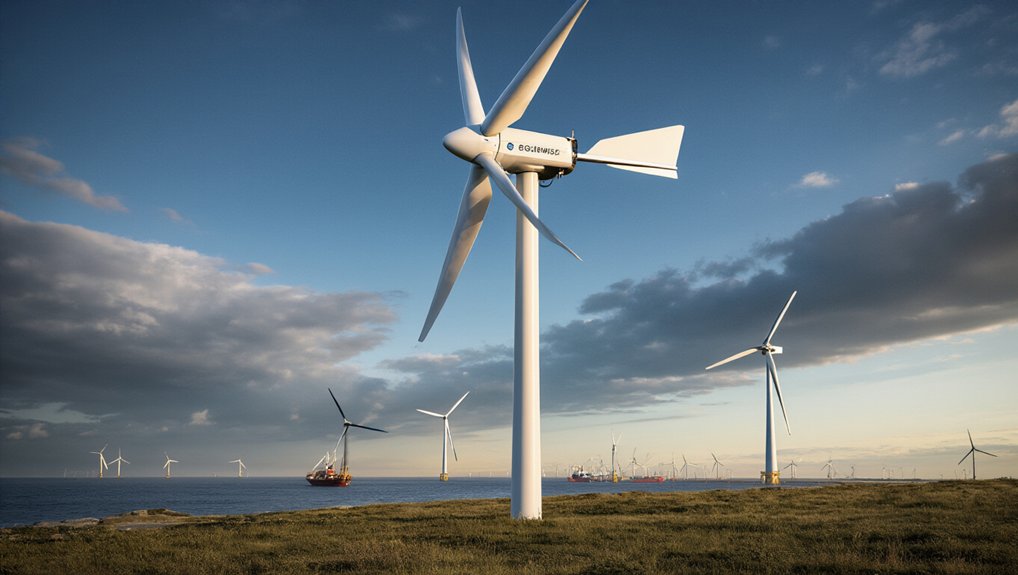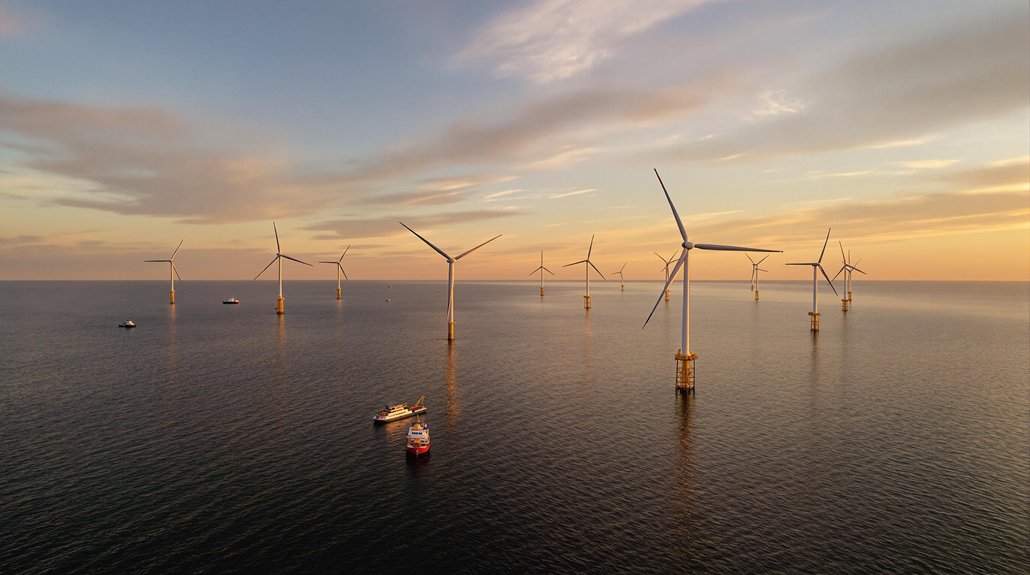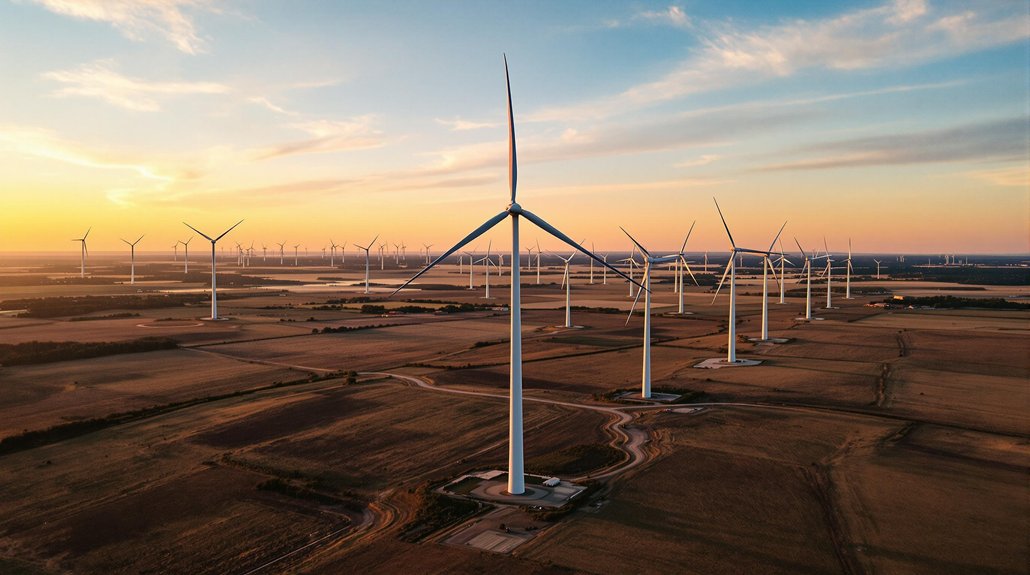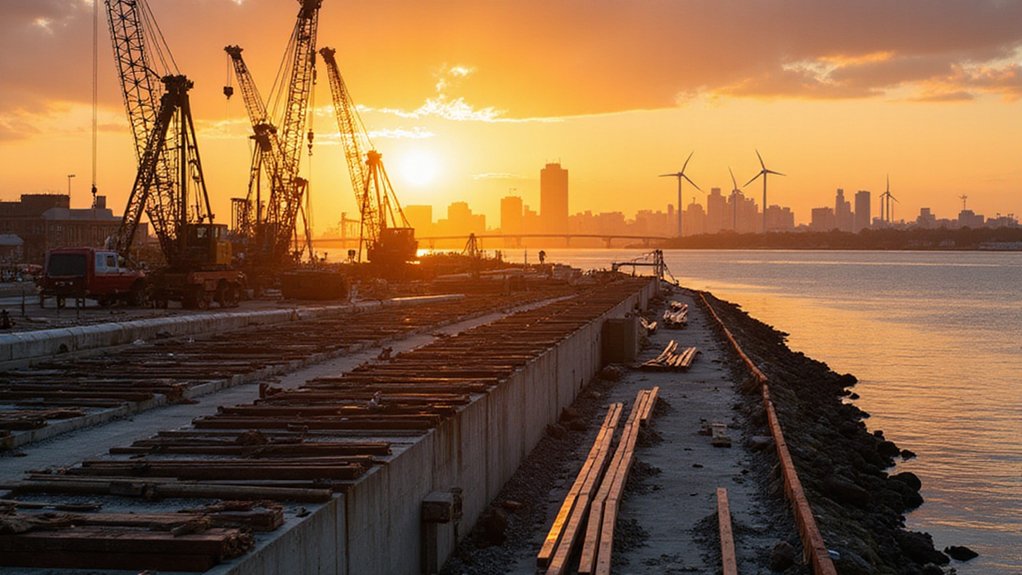While taking office in January 2025, President Trump wasted no time reigniting his bizarre crusade against wind energy. His executive order paused all federal wind leasing and suspended new approvals on federal land—putting the brakes on major projects including a large Idaho development. The Department of Interior followed suit, suspending all renewable energy authorizations for 60 days. Classic Trump move.
The president simultaneously declared a “national energy emergency,” blaming the previous administration for grid problems. But not all projects got axed. A significant offshore wind farm near New York received limited continuation despite legal challenges. Consistency isn’t exactly the administration’s strong suit.
Trump’s crusade relies heavily on outlandish claims. Remember his assertion that “windmills are driving whales crazy”? This thoroughly debunked theory went viral on X with over 6 million views. Fishing companies and wind opponents latched onto it, despite zero scientific evidence connecting wind farms to whale strandings. The National Marine Fisheries Service has officially denied any link between wind activities and whale deaths. Facts, schmacts.
The president’s health claims are even wilder. Cancer from turbine noise? Not a shred of evidence backs this up. Neither do assertions about psychological issues or people being “driven crazy” by turbines. Most health agencies report no connection between turbines and major health risks. But why let science get in the way of a good story?
Then there’s the economic scaremongering. Trump’s claim that turbines slash property values by 75% is pure fiction. Most studies show negligible long-term impact, with some areas even seeing benefits from lease payments, jobs, and increased tax revenue. This ignores that the EV and renewable energy transition could make the American economy more resilient against unpredictable oil price shocks.
Perhaps most ridiculous is the reliability argument. The administration portrays wind power as dangerously unreliable. Yet grid operators routinely balance these systems with storage solutions. The irony is that wind energy has grown exponentially from 2.4 gigawatts in 2000 to over 150 gigawatts today, proving its viability. Modern wind farms are increasingly reliable parts of our energy mix.
Trump’s war on windmills isn’t about facts. It’s about spinning tales. Don Quixote would be proud—or perhaps just confused.
